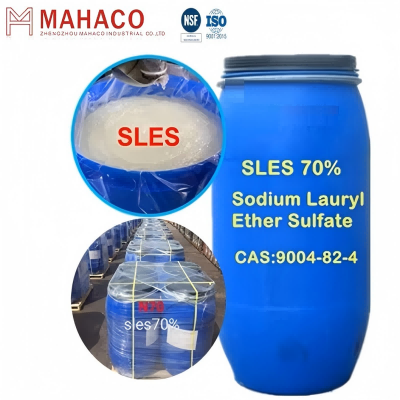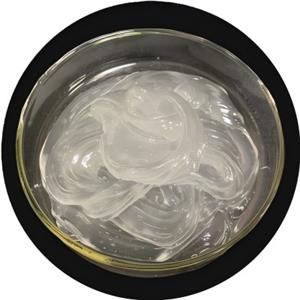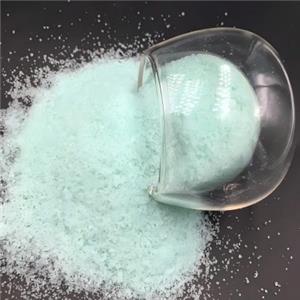Can High purity SLES reduce environmental impact
Latest News from MAHACO: Exploring Sustainable Solutions in Surfactant Production
Zhengzhou Mahaco Industrial Co.,Ltd (MAHACO), a leading chemical supplier in China, has recently intensified its focus on sustainable manufacturing practices, especially in the realm of surfactants. One of the most widely used surfactants, sodium lauryl ether sulfate (SLES), is under the spotlight for its environmental footprint. In this article, we delve into how high purity SLES can potentially reduce environmental impact and what this means for the industry at large.
Understanding SLES and Its Role in the Chemical Industry
SLES is a commonly used anionic surfactant found in detergents, shampoos, and cleaning products. Its effectiveness in creating foam and removing dirt has made it a staple ingredient in both industrial and household formulations. However, traditional SLES production can introduce impurities that not only affect product quality but also contribute to environmental pollution during manufacturing and disposal.
What Does “High Purity” Mean for SLES?
High purity SLES refers to a product with significantly reduced levels of contaminants such as 1,4-dioxane, unreacted alcohols, and sulfates. MAHACO has invested in advanced purification technologies to ensure their SLES meets stringent quality standards. The result is a surfactant that performs efficiently, with fewer unwanted by-products released into the environment.

Environmental Benefits of High Purity SLES
The move towards high purity SLES offers several environmental advantages. Firstly, lower impurity levels mean less hazardous waste during production and less potential for harmful residues in wastewater. This aligns with global trends in green chemistry, where manufacturers aim to minimize ecological damage at every stage of the product lifecycle.
Reduced Toxicity: High purity SLES contains fewer toxic compounds, making it safer for aquatic life when discharged into waterways.
Improved Biodegradability: Cleaner SLES is more readily broken down by natural processes, reducing its persistence in the environment.
Lower Energy Consumption: Advanced purification methods can be optimized for energy efficiency, further decreasing the carbon footprint of production.
Industry-Related Content: SLES in Global Markets
The demand for high quality surfactants is rising, especially as regulatory bodies tighten controls on chemical emissions. The European Union’s REACH regulation and similar frameworks in North America are driving manufacturers to adopt cleaner technologies. MAHACO’s commitment to high purity SLES positions the company as a responsible supplier in the global market, catering to clients who prioritize sustainability.
Furthermore, the Asia-Pacific region, including China, is witnessing rapid growth in the personal care and cleaning sectors. This growth amplifies the need for environmentally friendly raw materials. By supplying high purity SLES, MAHACO supports downstream industries in meeting both consumer expectations and regulatory requirements.
Keyword Insert: Surfactant and Detergent
Surfactant technology is evolving, with companies like MAHACO leading the charge. High purity SLES is not only a superior surfactant but also enhances the performance of detergent formulations. The use of cleaner surfactants results in detergents that are gentler on the skin and less polluting, creating a win-win scenario for manufacturers and end-users alike.
Challenges and Future Prospects
Despite the clear benefits, transitioning to high purity SLES involves overcoming technical and economic hurdles. Purification processes can be costly and require specialized equipment. However, as demand for eco-friendly products grows, economies of scale and technological advancements are expected to drive down costs.
MAHACO continues to invest in research and development, collaborating with academic institutions and industry partners to refine their production methods. The goal is to make high purity SLES accessible and affordable for all sectors, from small-scale formulators to multinational corporations.
Table: Comparison of Conventional vs. High Purity SLES
| Parameter | Conventional SLES | High Purity SLES |
|---|---|---|
| Impurity Level | Higher | Lower |
| Toxicity | Moderate | Reduced |
| Environmental Persistence | Longer | Shorter |
| Biodegradability | Lower | Higher |
| Regulatory Compliance | Variable | Consistent |
Conclusion: MAHACO’s Vision for a Greener Future
As the chemical industry pivots towards sustainability, high purity SLES stands out as a practical solution for reducing environmental impact. MAHACO’s expertise and commitment to innovation are helping set new standards in surfactant production. By choosing high purity SLES, manufacturers can create safer, more eco-friendly detergent products while supporting global efforts to protect our planet.
Stay tuned to MAHACO’s news page for updates on sustainable chemical solutions and industry trends. For more information on high purity SLES and its applications, contact Zhengzhou Mahaco Industrial Co.,Ltd today.




